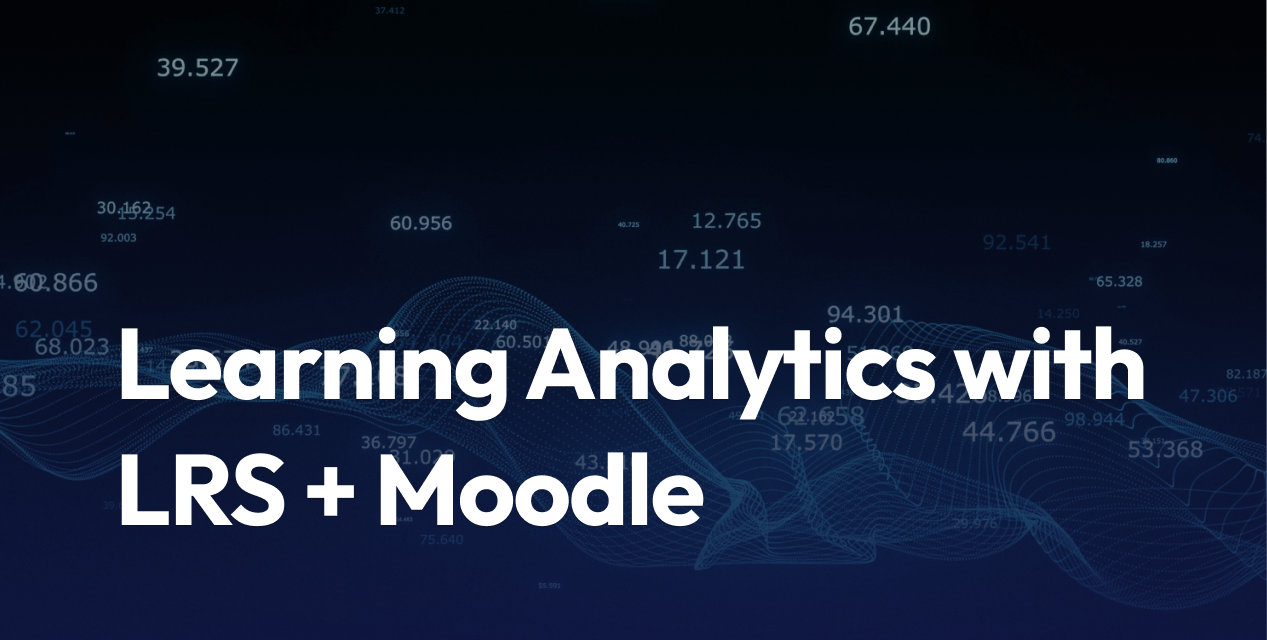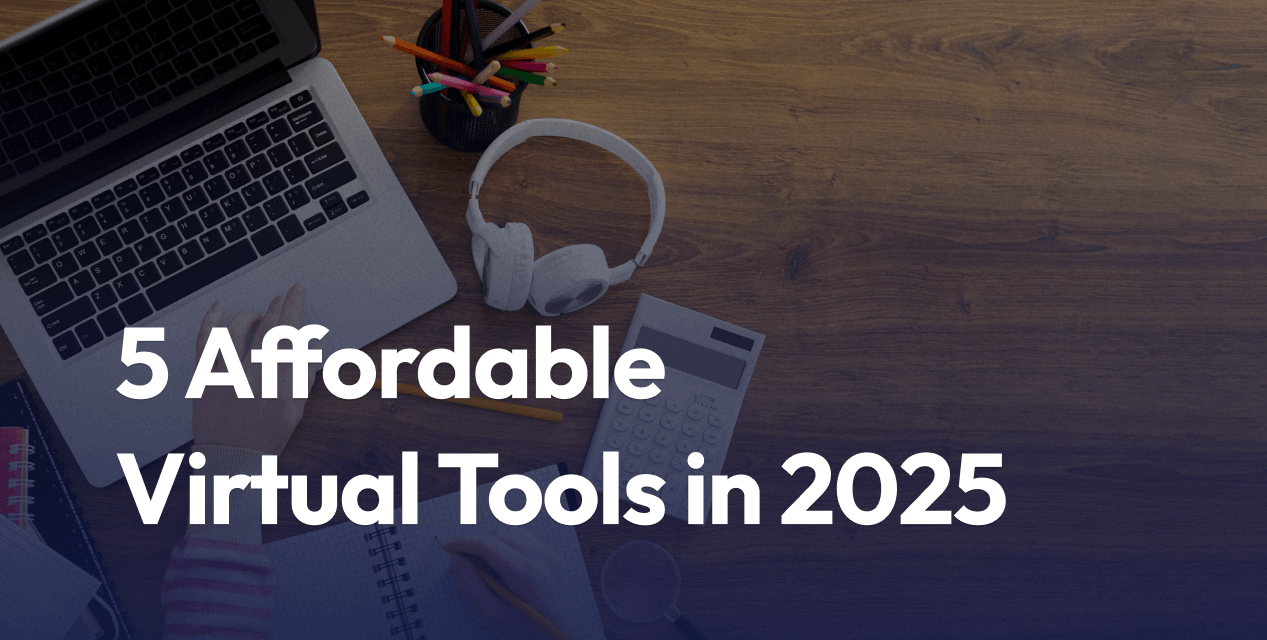
Learning Analytics with LRS + Moodle: Dashboards that Matter to Execs
- What an LRS is and why it pairs well with Moodle
- KPIs execs care about: compliance, time to competence, adoption, impact, cost
- How xAPI gives richer data than Moodle logs
- Five dashboard templates leaders use
- A practical 90-day plan to launch
- Closing CTA: book a quick consult to map your next steps
Every leader wants fast, clear training insights that lead to action. Pairing Moodle with a Learning Record Store (LRS), powered by xAPI, gives you that clarity. Moodle remains your course hub. The LRS gathers detailed activity data from Moodle and other tools in one place. Together, they create a single source of truth you can trust.
With xAPI, you track more than logins and grades. You see what people actually do, where they stall, and what helps them pass. The result is better decisions, made faster. You cut noise, focus on outcomes, and show impact with confidence.
Recommended next read: a practical guide on automating enrollments, grading, and reporting in Moodle with AI.
[Beginning CTA] Automate routine work and focus on learning.
What executives need from LRS + Moodle dashboards
Executives care about four big decisions: budget, risk, readiness, and impact. They want to know where to invest, where exposure sits, who is job-ready, and whether training moves the needle. A clean dashboard helps answer these calls in minutes, not meetings.
First, the right KPIs matter. Completion rates alone do not tell you enough. Leaders need assignment coverage, time to competence, and engagement trends. These show where the pipeline is healthy or at risk. Add overdue alerts, attempts to pass, and manager follow-up rate to spot friction that drains time and money.
Second, slicing must be simple. If the COO wants risk by region, they should see it in two clicks. If the sales leader asks for readiness by cohort, they should get it fast. Filters that mirror the org chart let leaders zoom from global to team level without a data deep dive.
Third, trust comes from consistent data. One learner ID across systems, standard verbs, and clean timestamps build confidence. If the data is messy, decisions stall. If the data is tidy, actions move forward.
When dashboards map directly to decisions, they get used. The takeaway: decisions improve when data is timely, trusted, and tied to outcomes.
KPIs that answer budget and risk questions
- Assignment coverage: percent of staff assigned at least one required course. (assigned learners divided by total target audience)
- Supports budget targeting. Low coverage hints at process gaps, not content gaps.
- On-time completion rate: percent who finish before due date. (on-time completions divided by assigned learners)
- Reduces risk and flags bottlenecks early.
- Overdue risk rate: percent not started 7 days after assignment, or within a set window. (at-risk learners divided by assigned learners)
- Guides reminders and tells you where to add support or shorter modules.
- Time to competence: days from assignment to first pass. (first pass date minus assignment date)
- Informs workforce planning and content focus. Faster time to competence saves money.
- Attempts per pass: average tries needed to pass. (total attempts divided by total passes)
- Points to content clarity and coaching needs. High values raise cost of time.
- Engagement index: a weighted score from logins, minutes learned, and activities completed. (simple example: 0.4 logins + 0.3 minutes + 0.3 activities, scaled)
- Predicts risk and highlights adoption. Useful for budget calls on content updates.
- Manager follow-up rate: percent of at-risk learners with a manager nudge in 5 days. (nudged at-risk learners divided by at-risk learners)
- Shows culture of accountability. Links to faster completions.
- Training cost per completion: total cost divided by completions. (content, delivery, and platform costs divided by total completions)
- Guides ROI decisions. Targets high-cost, low-impact items for change.
Leading vs lagging indicators leaders can act on
- Leading indicators predict outcomes and support early action:
- Enrollment uptake in week one
- Video percent viewed on key lessons
- Practice quiz attempts per learner
- Manager comments in forums or check-ins
- Lagging indicators confirm results and support reviews:
- Final completion rate
- Pass rate
- Audit readiness or certification coverage
Track both. Leading indicators let you intervene before deadlines and risk events. Lagging indicators verify results and inform what to scale, fix, or retire.
Useful slices and filters for fast insights
Pick filters that mirror how leaders think about the business:
- Role, region, business unit, manager
- Hire cohort or tenure
- Course type (mandatory or elective)
- Delivery mode (self-paced or live)
- Device type (desktop or mobile)
Examples:
- Filter by manager to see overdue clusters. Nudge where rates spike.
- Filter by device to see if mobile users drop off. If so, shorten modules or add transcripts.
- Filter by hire cohort to spot longer time to competence. Add early coaching or micro-lessons.
These slices reveal bottlenecks and bright spots without a long analysis.
Connect learning to business outcomes
Link LRS data to outcome metrics with a simple model:
- Baseline period before training
- Clear intervention window
- Post period change
- Confidence notes on other factors
Practical links:
- Safety training to incident rate per team
- Sales enablement to pipeline conversion or win rate
- Customer training to ticket deflection and time to resolution
- Quality training to rework rate or defect counts
Start with one use case. Track one outcome. Share the shape of the trend with context. Expand after you get a clear signal.
How LRS and xAPI supercharge Moodle data
Moodle is your course hub. People enroll, complete activities, and earn scores. That data is helpful, but it can be shallow. An LRS with xAPI adds depth you can use.
xAPI records granular learning events from Moodle and other tools. The LRS stores them in one place. You get a central record across video, webinars, simulations, and microlearning apps. This means you can track what happens before and after a course, not just inside it.
For leaders, this brings four advantages:
- Centralized data from many sources, not only Moodle
- Fine-grained tracking of actions that predict success
- Flexible integrations with HRIS, CRM, and support tools
- Stronger reporting that ties learning to outcomes
With this setup, you replace guesswork with patterns. You can see where learners stop, which assets help, and which courses change behavior on the job. That is the story executives want.
What xAPI captures that Moodle alone misses
Clear examples of xAPI events:
- Video paused at 45 percent
- Resource opened and time on page
- Simulation step completed or failed
- Forum post liked or replied to
- Webinar poll answered
- Practice quiz reviewed before the final
xAPI statements use a simple actor, verb, object pattern in plain language. This detail supports better coaching and content fixes. If most learners pause at the same minute mark, shorten that segment or add a quick summary. If practice review drives first-pass success, promote it early.
Simple data flow: Moodle to LRS to BI tool
Picture this pipeline: Moodle sends xAPI statements to the LRS. The LRS also receives events from other tools, like a webinar platform. A BI layer or built-in LRS reports turn that unified data into executive dashboards. Use a single learner ID across systems to avoid duplicates and keep histories clean.
Keep it simple at first. One source, one LRS, one dashboard. Then add more sources as you see value.
Clean data rules: verbs, names, and metadata
Use a short checklist to keep data tidy:
- Standard verbs: completed, attempted, passed, viewed
- Clear activity names: course, module, asset
- Consistent learner and activity IDs
- Timestamps in UTC
- Required context: role, region, manager
Create a simple data dictionary. Run a weekly spot check for missing or odd fields. Clean data builds trust and speeds up decisions.
Dashboards that matter to execs: 5 templates you can ship fast
Start with templates that answer the top questions. Keep components reusable: shared filters, shared KPI cards, shared data sources. Publish tight views with one clear purpose.
Compliance and risk: audit-ready at a glance
- Metrics: assignment coverage, on-time completion, overdue count by manager, first-pass rate, expiring certifications in 30, 60, 90 days.
- Filters: region, role, manager.
- What to look for: overdue spikes by team, expiring certs clusters, low first-pass modules.
- Actions: auto-reminders, manager nudges, swap long modules for micro-courses, plan make-up sessions.
Skills and readiness: who is job-ready now
- Metrics: skills mapped per role, progress toward role targets, practice attempts, scenario scores, time to competence.
- Filters: role, cohort, tenure.
- What to look for: slow progress by cohort, low scenario scores on key skills, long time to competence.
- Actions: assign boosters, set peer coaching, update role pathways.
Adoption and engagement: use, habits, and momentum
- Metrics: weekly active learners, median minutes learned, repeat visits, resource opens, video completion percent.
- Filters: course type and device.
- What to look for: drop-offs on mobile, low repeat visits after week one, long videos with low finish rates.
- Actions: shorten low-finish items, add manager prompts, send recap notes, spotlight wins.
Learning to performance: impact you can discuss in the QBR
- Metrics: pre and post performance trend tied to training windows, team comparisons, control groups when possible.
- Examples: fewer incidents after safety modules, higher win rate after product training.
- What to look for: clear lifts during the post period, teams with stronger gains, courses linked to best gains.
- Actions: expand what works, retire low-impact items, test the next variant.
Cost and ROI: use, value, and savings
- Metrics: cost per active learner, cost per completion, time saved by automation, support ticket deflection from training, avoided compliance fines.
- What to look for: high cost, low completion modules, low-use assets with high spend, automation hours reclaimed.
- Actions: target redesign or removal, invest in proven paths, expand automation to more courses.
For broader platform context, see the Top SaaS LMS platforms for 2025 to compare ecosystem fit and tooling options.
FAQ: LRS + Moodle analytics
Do we need an LRS if we already use Moodle?
Moodle tracks course activity. An LRS collects richer xAPI events from Moodle and other tools in one place. This gives better dashboards and proof of training across your full ecosystem.
What does it take to set up xAPI with Moodle?
Enable xAPI in Moodle with a plugin or integration. Point it to your LRS, test a few key events, and map learner IDs. Start with one course, then scale. Plan a short data dictionary.
Can we link learning data to sales or safety results?
Yes. Align time windows and teams, then compare pre and post trends. Use simple models first. Share limits and context so leaders trust the story.
Which tools can we use to build the dashboards?
Many teams start with the LRS built-in reports or a BI tool like Power BI or Looker Studio. Pick the tool your execs already use. Keep a few standard templates.
How much time and cost should we expect?
A small team can ship a pilot in 60 to 90 days. Start narrow, focus on one or two dashboards, and expand after wins. Cost depends on the LRS, BI tool, and data setup.
Conclusion
Moodle plus an LRS using xAPI gives leaders timely, trusted insights that guide budget, risk, readiness, and performance decisions. Start simple with one high-impact dashboard. Use clean KPIs, clear slices, and a basic outcome model. Ship in 90 days, learn from usage, then expand to the next template. Your next QBR will be about actions, not anecdotes.
We’ll map quick-win automations for enrollments, grading, and reporting in your LMS.

